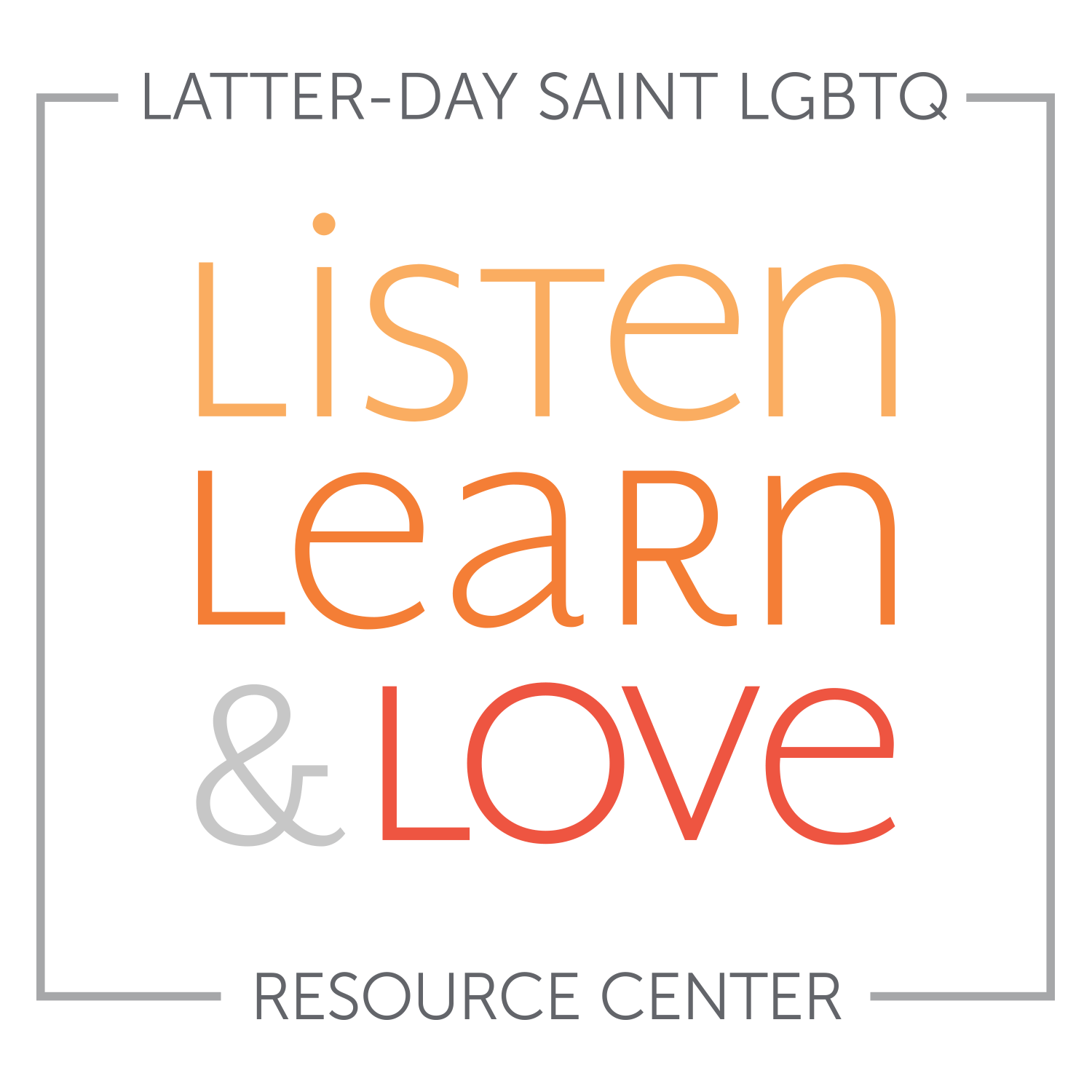This site is managed by Richard Ostler. You can learn more about and contact Richard at: papaostler.com
RESOURCES I FAITH BOOKS
List of Services
-
The Crucible of Doubt: Reflections On the Quest for Faith - Terryl & Fiona Givens
Faith is the first principle of the gospel of Jesus Christ. So what happens when a person has doubts? Questioning is not the problem, according to authors Terryl and Fiona Givens. After all, they write, the Restoration unfolded because a young man asked questions.
-
All Things New: Rethinking Sin, Salvation, and Everything in Between - Terryl & Fiona Givens
Robert MacFarlane has written that language does not just register experience, it produces it. Our religious language in particular informs and shapes our understanding of God, our sense of self, and the way we make sense of our challenging path back to loving Heavenly Parents.
-
The Doors of Faith - Terryl Givens
What is it that the restored Church of Jesus Christ offers to the world that no other church can―and how might recognizing those contributions help us stay strong in our faith? The poet Thomas Traherne said: “No man . . . that clearly seeth the beauty of God’s face, . . . can, when he sees it clearly, willingly and wittingly forsake it.”
-
Faith Is Not Blind - Bruce C. Hafen
We often encounter unexpected questions and complexities that can challenge our faith. Faith is Not Blind offers fresh concepts and tools that will help readers learn from these experiences, rather than feeling disillusioned by them.
-
Restoration: God's Call to the 21st-Century World - Patrick Q. Mason
The Restoration began in the spring of 1820, when Joseph Smith saw God the Father and Jesus Christ in a grove of trees in upstate New York. Joseph had questions, and Jesus had answers.
-
Planted: Belief and Belonging in an Age of Doubt - Patrick Q. Mason
For all its beneficial advances, our secular age has also weakened some people s ties to religious belief and affiliation. Latter-day Saints have not been immune to this trend. In recent years, many faithful Church members have encountered challenging aspects of Church history, belief, or practice. Feeling isolated, alienated, or misled, some struggle to stay.
-
Faith After Doubt: Why Your Beliefs Stopped Working and What to Do About It - Brian D. McLaren
Sixty-five million adults in the U.S. have dropped out of active church attendance and about 2.7 million more are leaving every year. Faith After Doubt is for the millions of people around the world who feel that their faith is falling apart.
-
Letters to a Young Mormon, Second Edition - Adam S. Miller
This book is composed as a series of Letters. The letters are meant for a young Mormon who is familiar with Mormon life but green in his or her faith. The author, philosophy professor Adam S. Miller, imagined himself writing these letters to his own children.
-
Bridges: Ministering to Those Who Question - David B. Ostler
With the advancement of the internet, changing worldviews, and the rising generation of millennials, Latter-day Saints today face unique challenges to faith on an unprecedented scale.
-
Seekers Wanted: The Skills You Need for the Faith You Want - Anthony SweatList Item 1
The purpose of this timely book is to aid you by providing essential skills to seek learning by study and faith. These chapters don’t tell you want to think, but help you figure out how to think.

